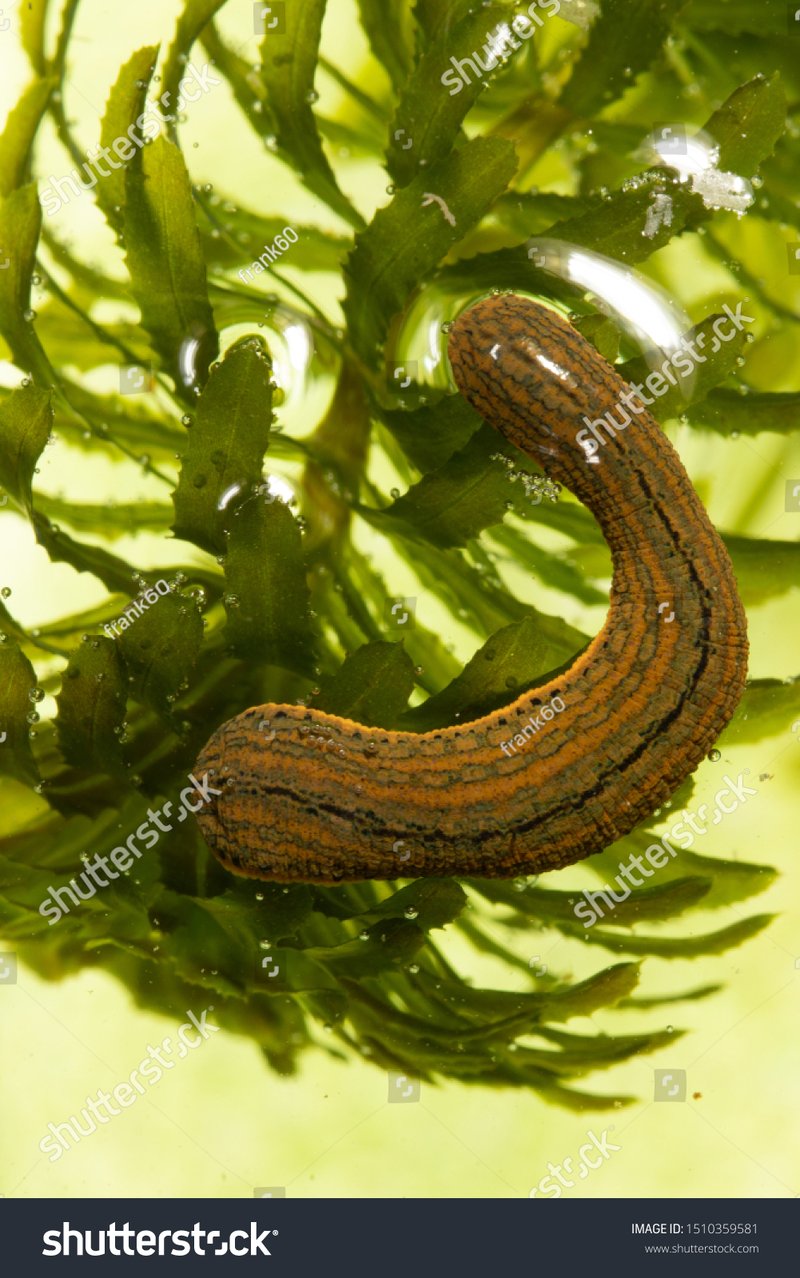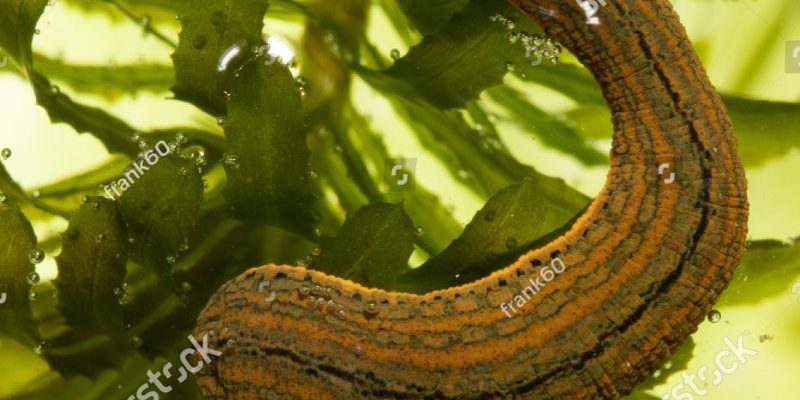
You might be wondering why such small creatures can have such a big impact. Well, just like a well-tended garden depends on healthy soil, aquatic ecosystems thrive when all the little players are working in harmony. Leeches are often overlooked, but once you understand their role, it becomes clear that they’re essential to our ecosystem’s health.
What Are Leeches?
Leeches belong to the subclass Hirudinea, which is part of the phylum Annelida—yes, they’re related to earthworms! They come in various shapes and sizes, with more than 600 species found worldwide. Most leeches are freshwater dwellers, but some can be found in the ocean or even on land.
You might be familiar with the image of leeches as bloodsuckers, and while some species do feed on the blood of animals or humans, many are actually detritivores. This means they feed on decomposing matter, algae, and microorganisms. By breaking down organic materials, leeches help recycle nutrients back into the ecosystem, promoting a healthier environment.
The Feeding Habits of Leeches
Honestly, if you want to understand leeches, you need to know how they eat. Most leeches have a special feeding structure called a proboscis that helps them suck up their meals. Depending on the species, this can include:
- Decaying leaves and plant material
- Microorganisms living in the sediment
- Other small invertebrates
Leeches are like cleanup crews in both soil and water. They help break down dead plant and animal matter, enriching the soil or water with vital nutrients. When you think about it, it’s kind of like how we recycle in our daily lives—turning what could be waste into something useful.
Leeches in Aquatic Ecosystems
In aquatic ecosystems, leeches serve several important functions. For one, they contribute to nutrient cycling. As they consume organic matter, they facilitate the breakdown of these materials, releasing nutrients back into the water. This process helps sustain plants, algae, and other aquatic life.
Leeches also play a role in controlling populations of other small creatures. By preying on various invertebrates, they help maintain a balanced ecosystem. Imagine a little leech lurking at the bottom of a pond, ensuring that no one species overpopulates at the expense of another. It’s like nature’s way of keeping everything in check and ensuring diversity.
Leeches in Soil Ecosystems
Now, let’s not forget about their role in soil ecosystems. Leeches can be found in moist environments, where they thrive in the leaf litter or under logs. Their feeding habits improve soil structure by creating channels as they move through the ground. This enhances soil aeration and drainage, making it easier for plant roots to grow.
Another way leeches contribute to soil health is through gut bacteria. As they digest organic matter, they excrete nutrient-rich waste that acts as natural fertilizer. Just like how compost nourishes our gardens, leech waste adds valuable nutrients to the soil, promoting healthy plant growth.
The Importance of Leeches in Biodiversity
Leeches are more than just quirky critters; they’re essential for maintaining biodiversity. Just as every piece of a puzzle contributes to the whole, leeches help sustain various species within their ecosystems. When their populations decline, it can disrupt the balance of both soil and aquatic environments.
You might be surprised to know that leeches are also sensitive to changes in their habitat. This makes them excellent bioindicators. By studying leech populations, scientists can gauge the health of ecosystems, particularly in freshwater environments. Healthy leech populations often signal clean water, while declining numbers can indicate pollution or habitat degradation.
Threats to Leeches and Their Ecosystems
Like many other species, leeches face their share of threats. Habitat loss due to urban development, pollution from chemicals, and climate change can all impact their populations. When ecosystems are harmed, leeches can struggle to survive, which in turn affects the nutrient cycling and biodiversity they support.
Additionally, some people still have a negative perception of leeches. This misunderstanding can lead to their extermination, which undermines their ecological role. Education and awareness are key in helping people appreciate these creatures for the vital work they do in our ecosystems.
How You Can Help Leeches
Here’s the thing: protecting leeches and their habitats can be as simple as being mindful of our actions. If you live near a water body, consider these tips to support healthy environments:
- Avoid using harmful pesticides and fertilizers that can run off into local waterways.
- Participate in local clean-up events to remove debris from waterways.
- Support conservation efforts aimed at preserving natural habitats.
By making small changes in our daily lives, we can help ensure that leeches and their ecosystems thrive. After all, every little bit counts in the grand scheme of nature!
Final Thoughts
Leeches may not be everyone’s favorite creatures, but they play a crucial role in both soil and aquatic ecosystems. From recycling nutrients to maintaining biodiversity, these little animals contribute to the health of our planet in ways we might be surprised to discover. So, next time you see a leech, remember that it’s not just a creepy crawler—it’s a vital component of our ecosystem that deserves respect and protection. Together, let’s appreciate the smaller parts of nature that play significant roles in keeping our environment balanced and healthy.

